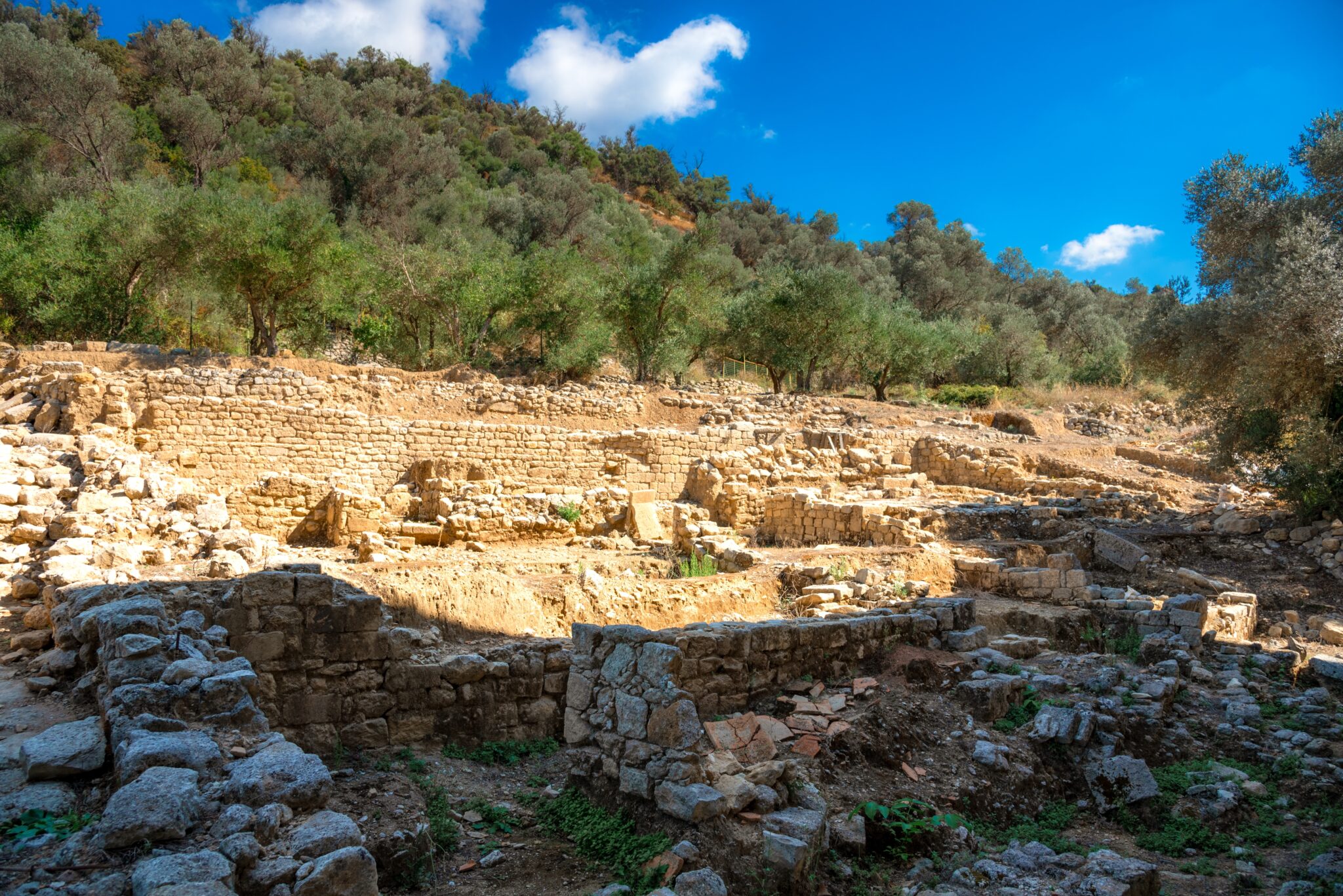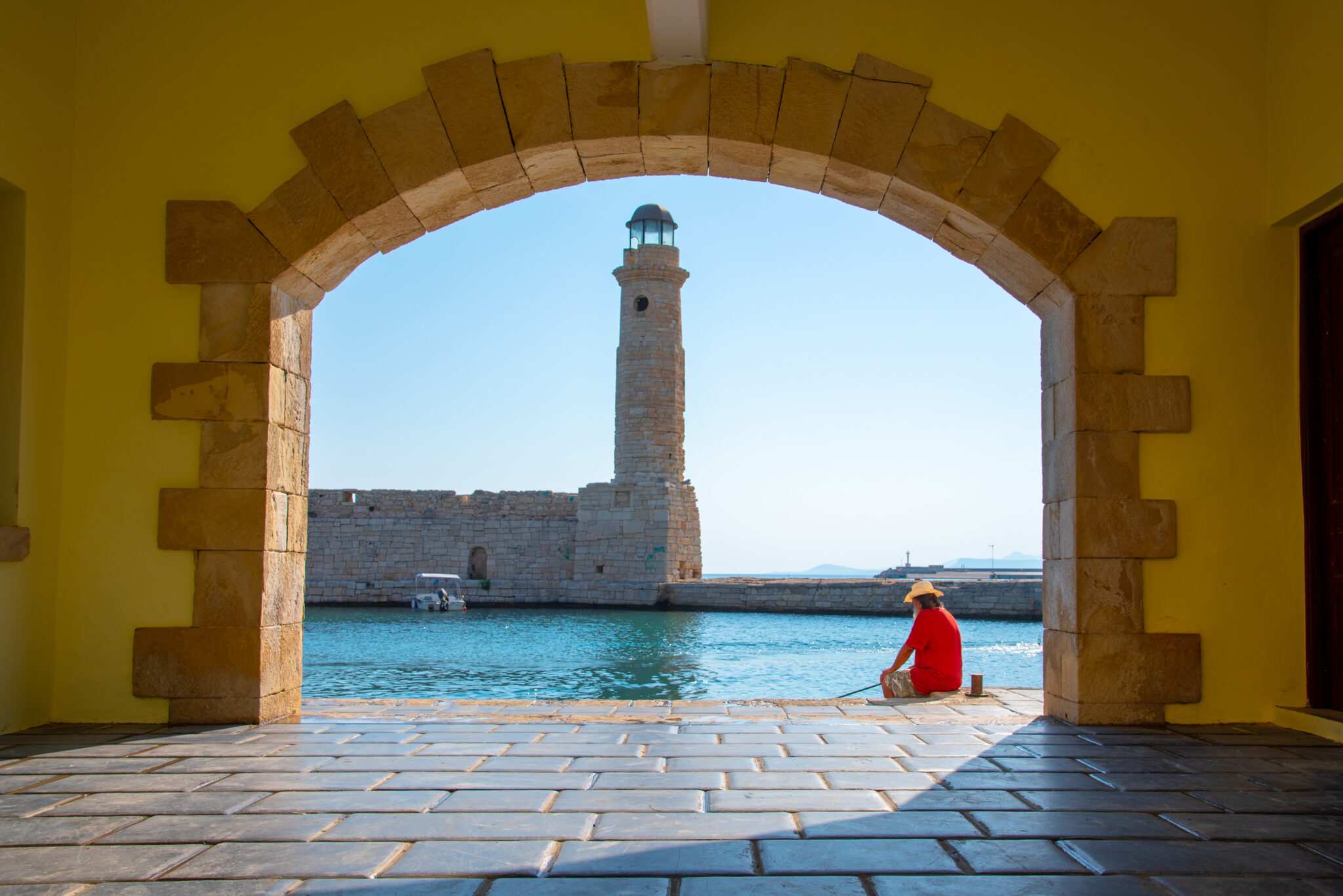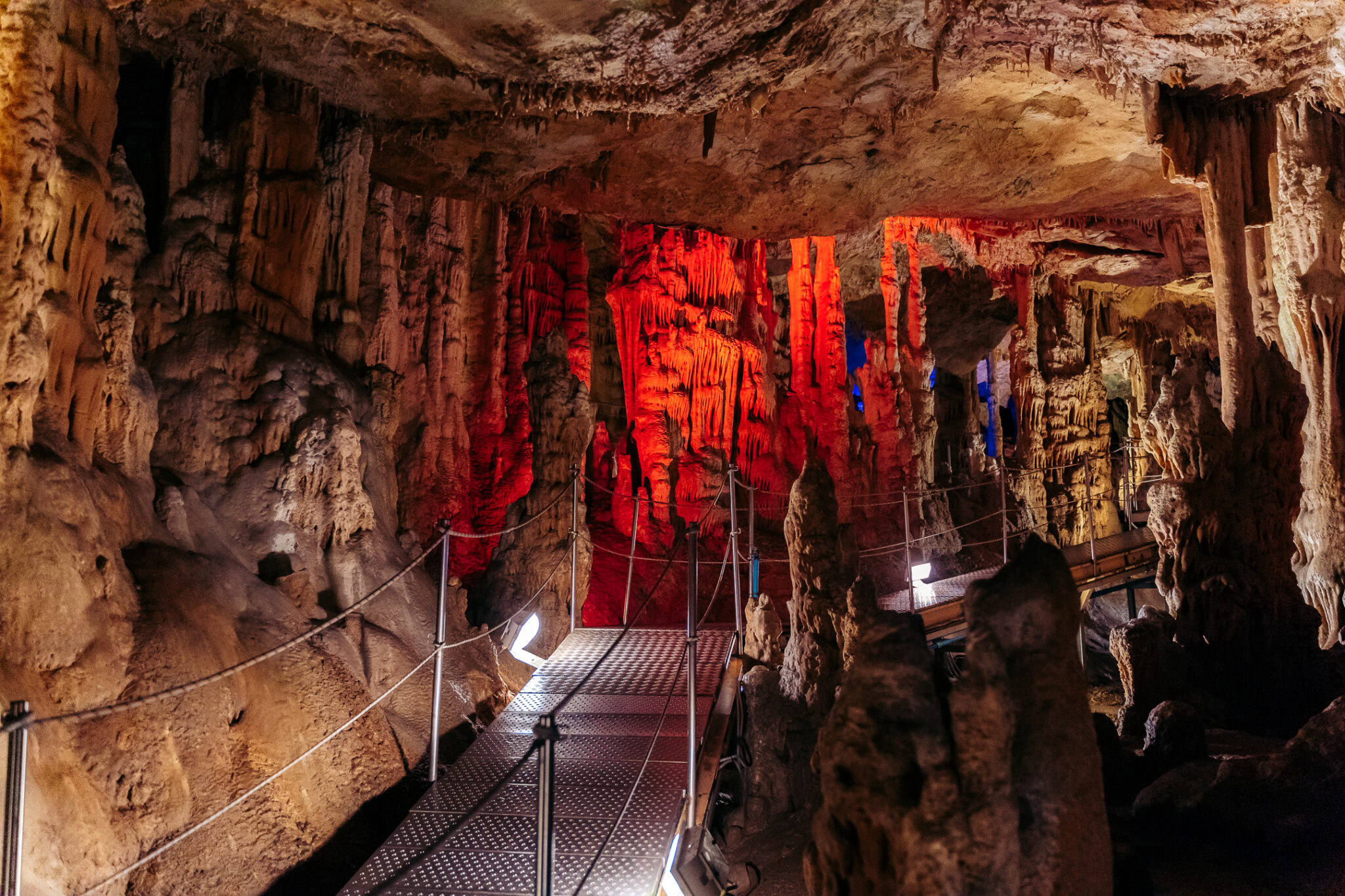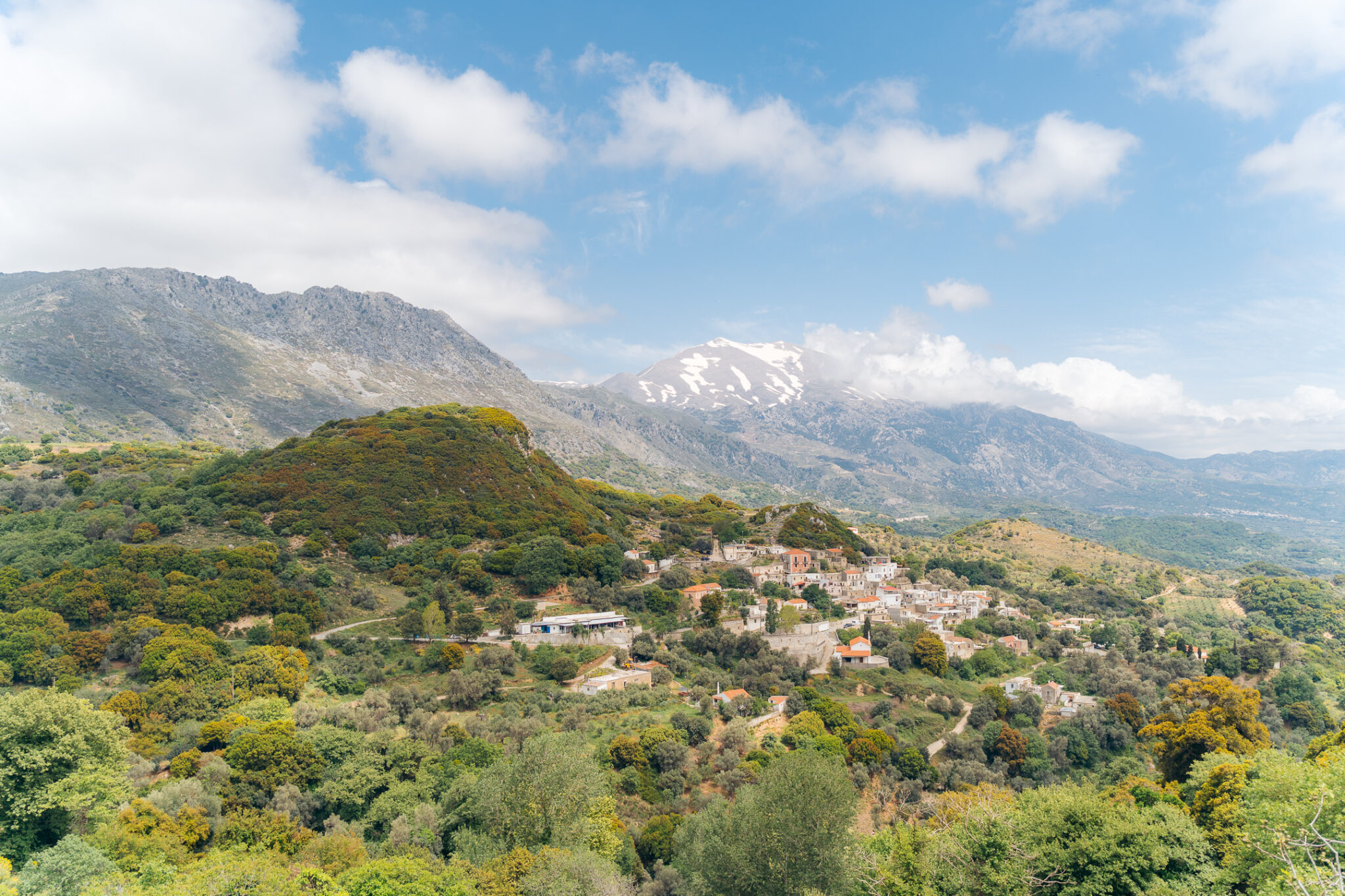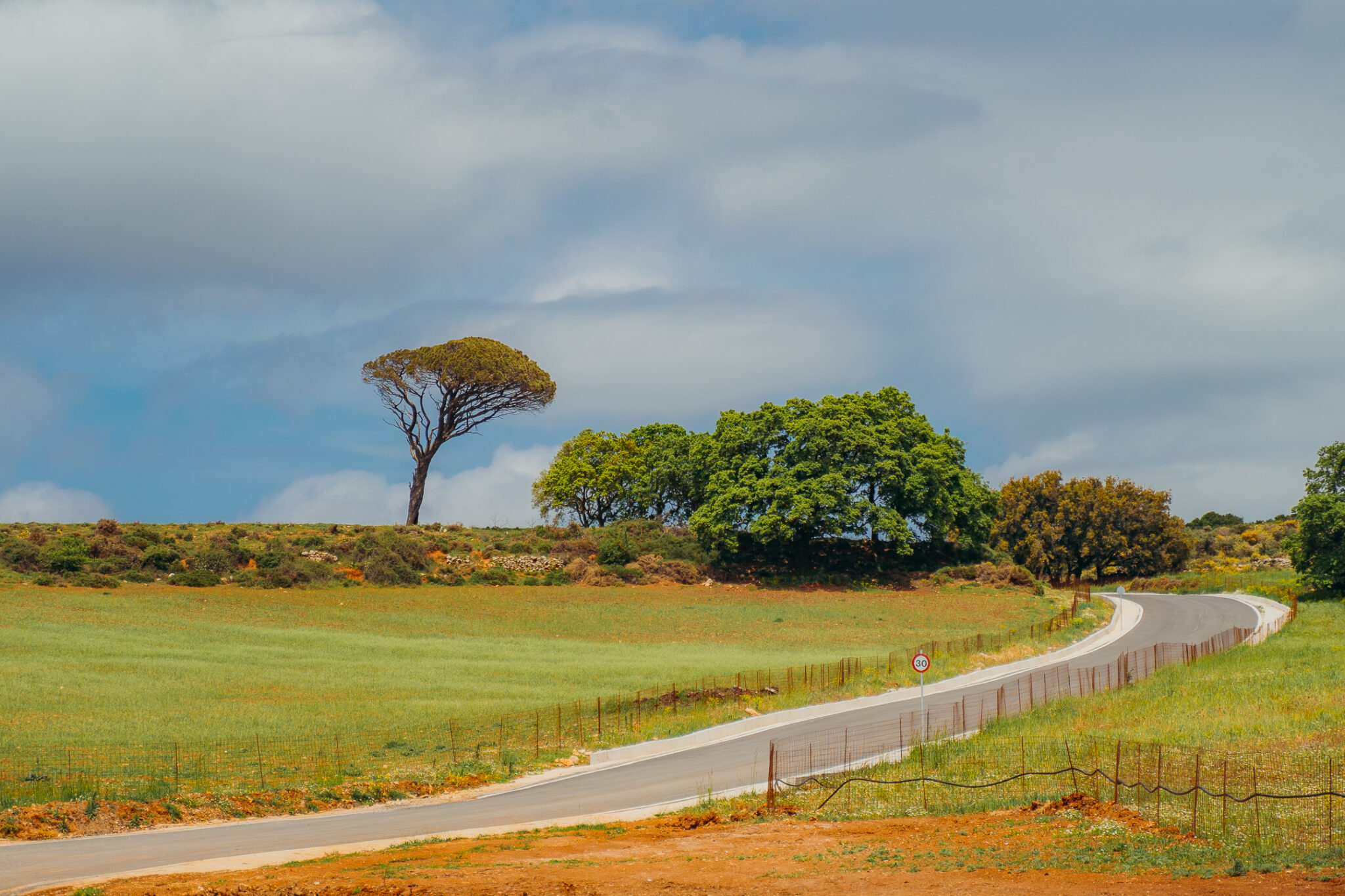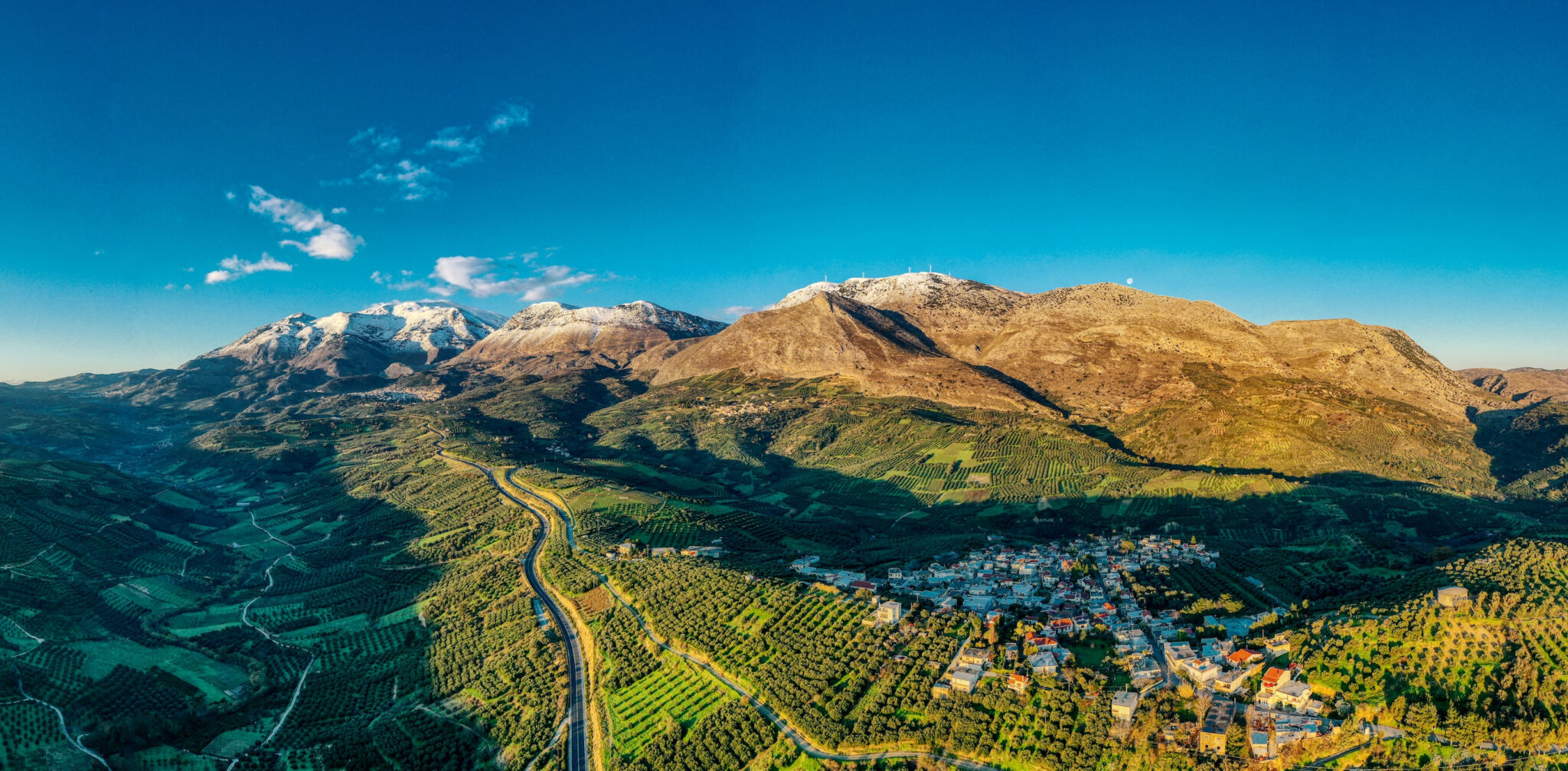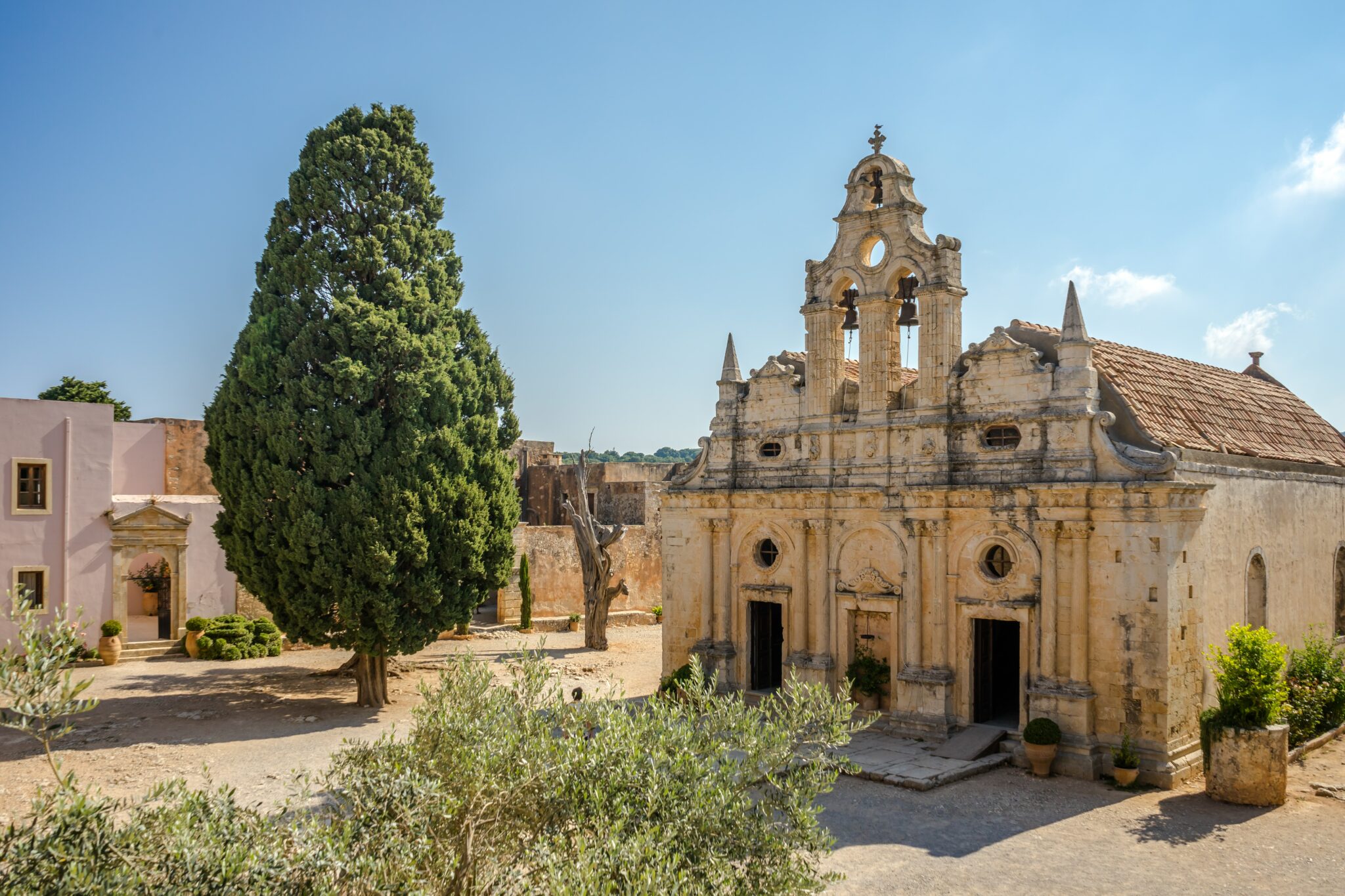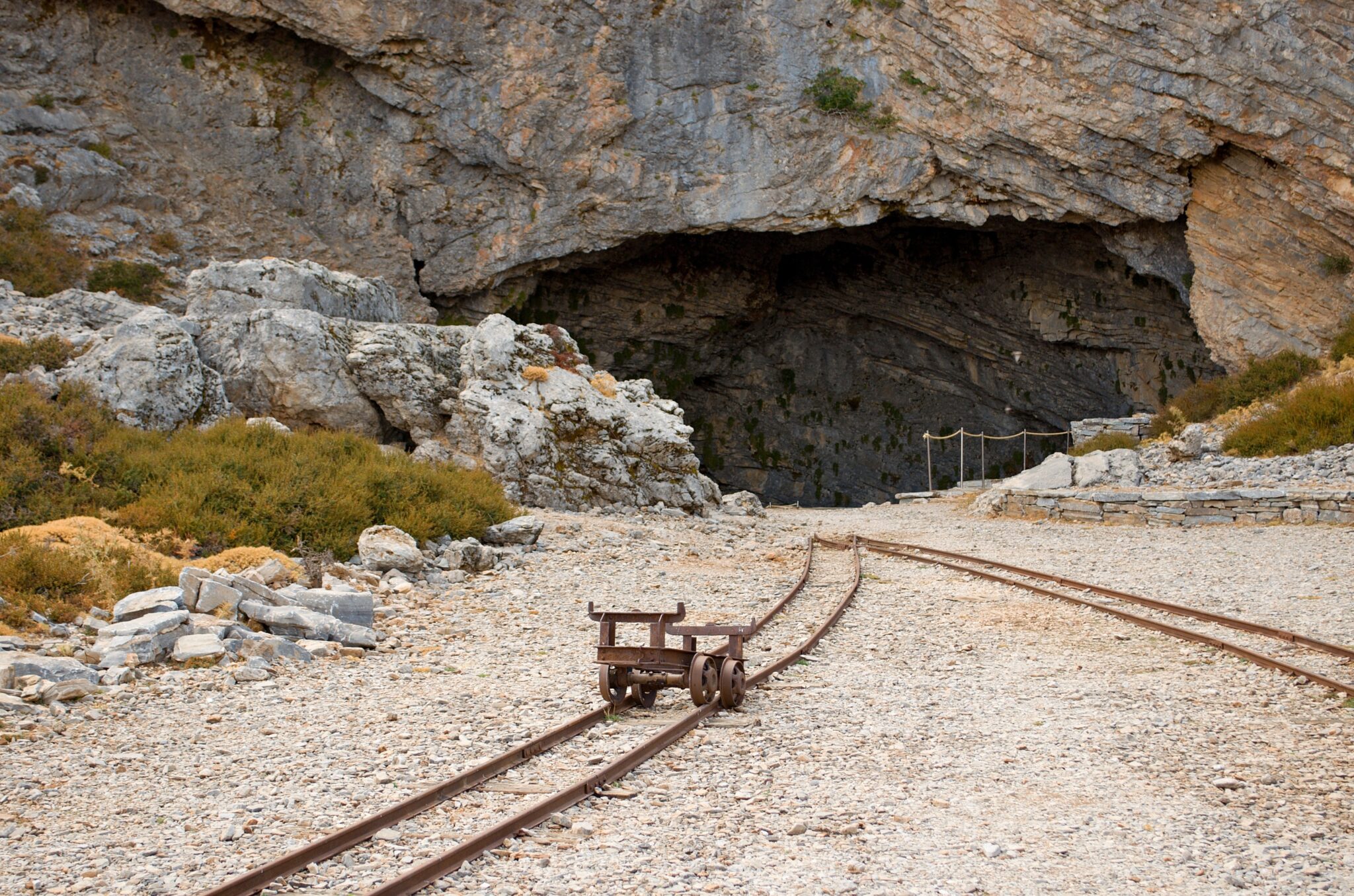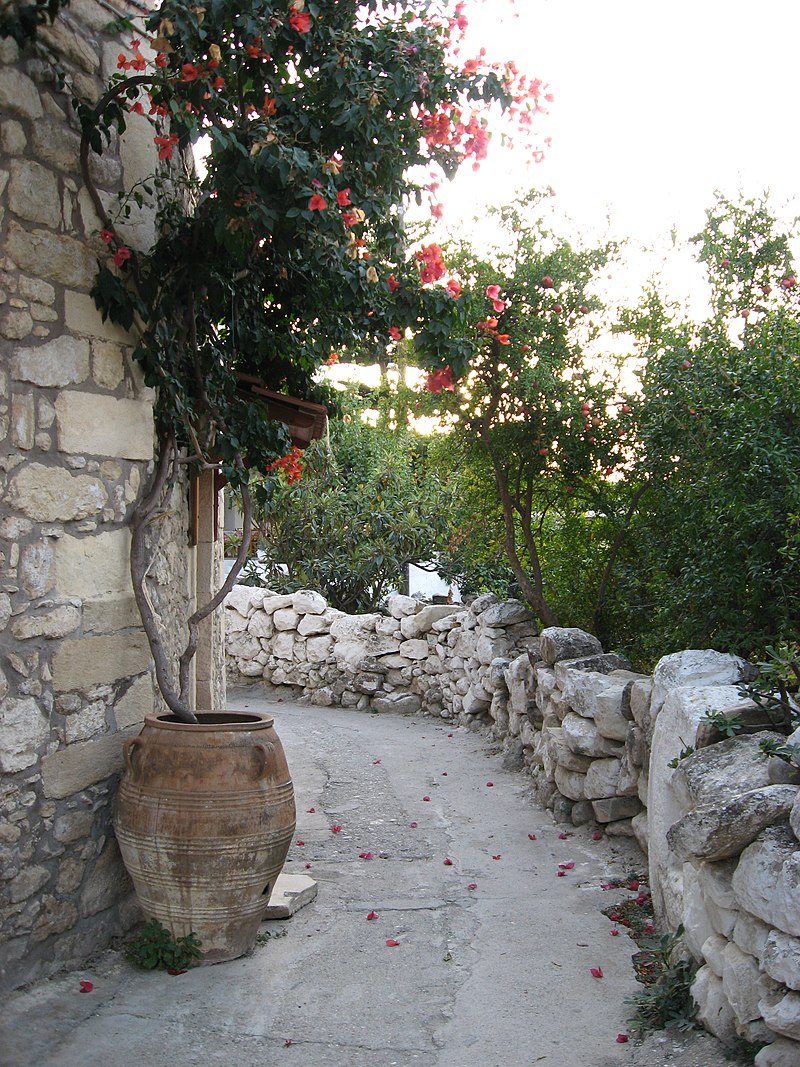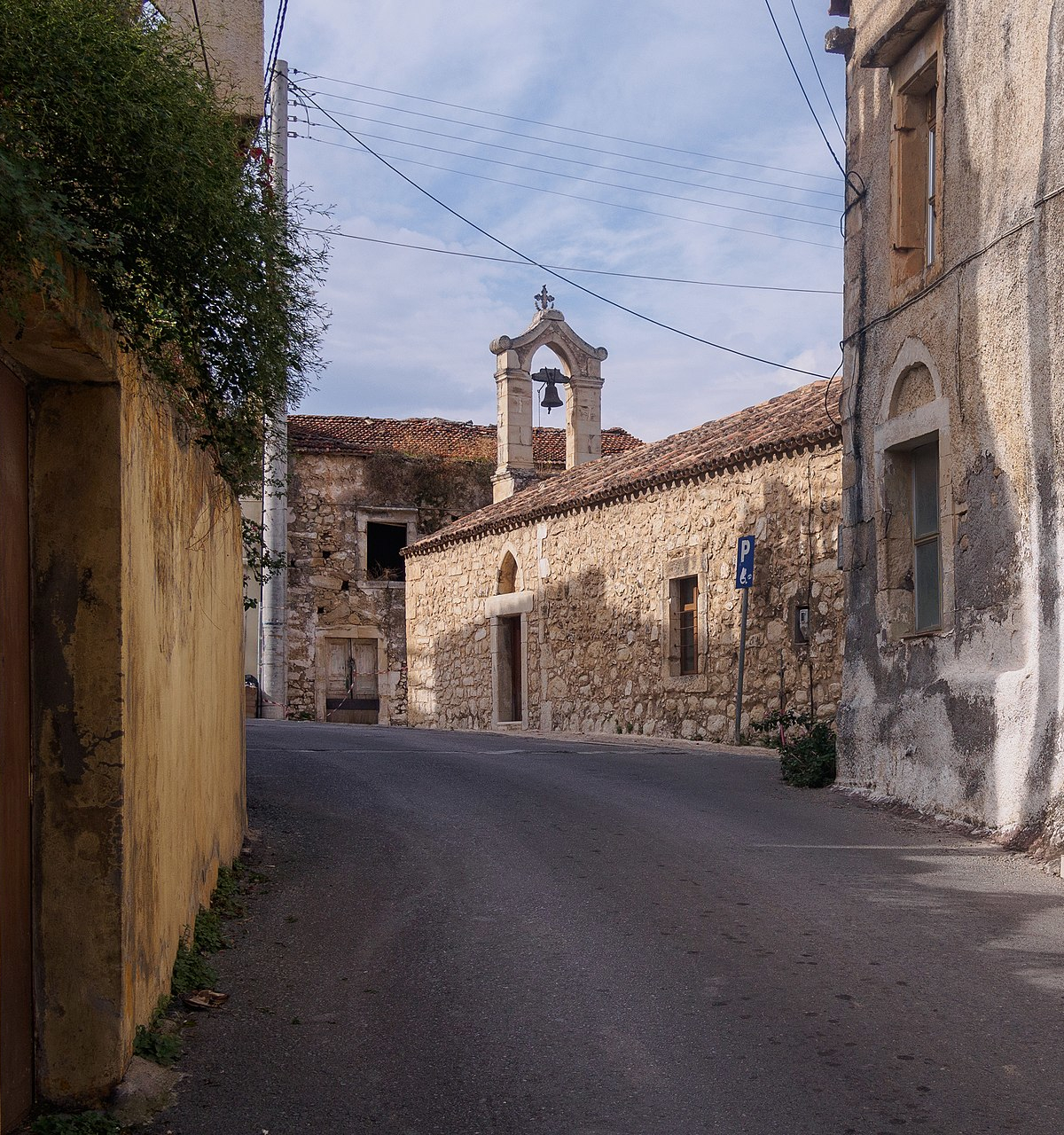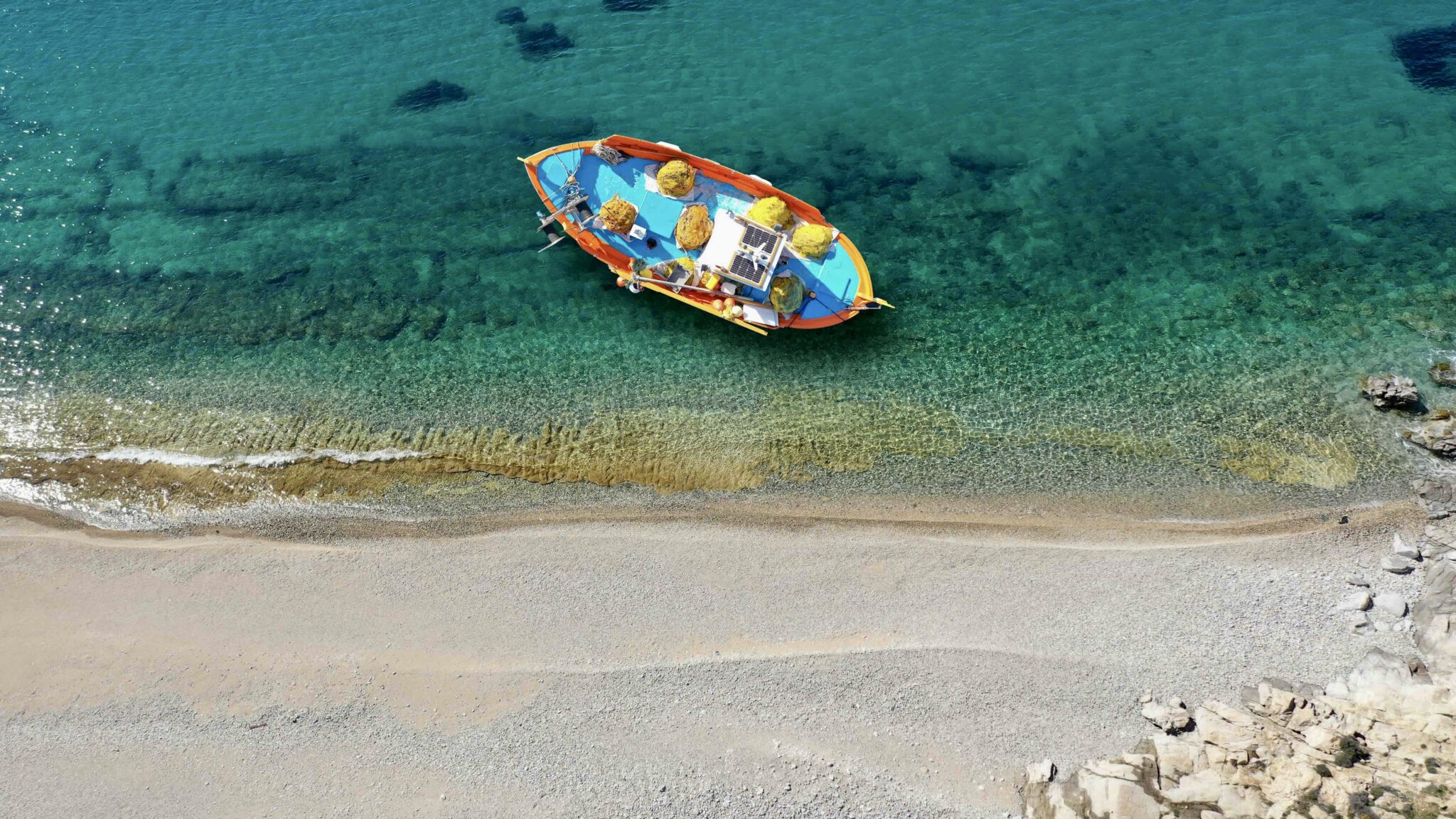The greater area of the Rethymno prefecture is a dramatic landscape of deep valleys, gorges, plateaus, monasteries, and hidden mountain villages where to this day some locals still wear traditional costume and speak in the old Cretan dialect. It is an area with powerful and rich history, bearing the scars of numerous occupations, but it also a peaceful terrain of wild tulips and orchids where sheep graze in flower-filled meadows.
The beating heart of Crete with Mount Psiloritis dominating the skyline, thick shaded ravines tumble down to the south coast, emptying their snow meltwater into the warm Libyan Sea. Embark on a journey with Avis car rental to uncover the hidden gems and diverse wonders of the captivating island of Crete.
Sfendoni Cave
One of Greece’s most spectacular caves is found 630m up on the slopes of Halepa, 1 km north of Zoniana.
14 rooms are connected by steel walkways for easier access and better to admire the astonishing array of stalagmites and stalactites. Some of the pillars are over 5 million years old, while the temperature is a constant 17 degrees centigrade, a fact exploited by local shepherds who used the first chamber of the cave for maturing cheese. Gruesomely, a 900 year old skeleton of a child embalmed in limestone was found; it is thought they got lost in the labyrinthine chambers and perished.
One cannot enter the cave alone but tours are given on each hour and last 40 minutes. Sfedoni Cave (Phone: 28340 61734, 4€)
Amari valley
The valley lies between the Kedros and Psiloritis mountain ranges and it was the natural passage from the north to the south and the Messara plain. One of the wettest areas in Crete, its name comes from the ancient Greek word for water channel, and farmers have long harvested the fertile lands in the valley. Fragrant orchards and olive groves thrive in the fecund setting, and small villages enjoy a pastoral way of life relatively unchanged for hundreds of years.
Anogia
One of the most famous villages on Crete, Anogia perches on the slopes of Mt. Psiloritis at an altitude of 700m, and its name means the place built on high. Due to its isolation, the village retained its authentic character and customs. A major weaving centre, embroidered items with patterns unique to the area are offered in the many handicraft shops. The square at Agios Georgios is always busy, bustling with cafes and tavernas offering local specialities, while with a great musical tradition, the village is famous for singers and lyra players and they can be heard playing in the kafeneions and bars.
There is a darker history to the village, however. Twice looted, sacked and burnt by the Turks in the Great Cretan Revolt, in 1944 the German forces destroyed every building except the church and killed 25 villages in revenge for the kidnapping of General Von Kreipe by resistance fighters and British secret agents.
Arkadi Monastery
One of the most important pilgrimage sites for many Cretans, Arkadi has had an explosive history. In November 1866 during a major rebellion to the Turkish occupation, the monastery came under siege but Abbot Gabriel refused to surrender alongside several hundred rebels and their wives and children. As the Turks broke through the monastery gates the gunpowder arsenal was set on fire, killing all 943 Greeks together with hundreds of the Turks. This desperate act entered folklore as symbol of Cretan rebellion and the monastery again became a centre of resistance during the Nazi invasion.
A glorious example of Renaissance architecture, the ornate façade with an elegant belfry tower was built in the late 16th century in the local honey coloured stone. With extensive agricultural territories, the monastery flourished and was known as a great centre for the copying of manuscripts. Today, a handful of monks tend to the gardens and run the museum. Arkadi Monastery (Phone: 28310 83135, www.arkadimonastery.gr, 3€)
Ideon andron cave
20 km outside of Anogia, towards the Nida Plateau, is one of the many reputed birthplaces of Zeus on Crete. According to legend the goddess of fertility, Rhea, hid her son Zeus in the Ideon Andron cave to protect him from his father Cronus who used to swallow his children so that none could overthrow him as ruler of the gods. Rhea gave her husband a rock wrapped in swaddling clothes to eat instead of her last born son, and concealed the infant deep in the Ideon Andron cave where he was nursed by the nymph Melissa and the goat Amalthea.
The cave has signs of use since 4000BC but it was during the Late Minoan period that its reputation spread and it became a religious centre and hosted purification and initiation ceremonies. The celebrations in honour of Zeus were associated with the renewal of nature in Spring, and at the entrance to the cave a sacrificial altar cut from the rock can be seen. Votive offerings made from the most valuable of materials such as silver, gold, and precious stones have been found alongside pots, coins, and jewellery and all are now displayed in the Archaeological Museum of Heraklion. The famous bronze shields from the cave are counted as some of the finest works of art of the ancient world. Pythagoras talks of a huge ivory throne for Zeus but no remains have been found.
Kourtaliotiko gorge
The southern coast of Crete is dramatic, with spectacular deep-sided canyons and gorges. Kourtaliotiko starts south of the village of Koxare finally emptying out on to the palm beach at Preveli. Although only 3km long, it is a particularly wild and sizeable 1.5 hour gorge scramble with cliffs reaching 600m, passing through rapids and waterfalls, past deserted chapels and breathtaking scenery. Waterproof shoes are a must or alternatively drive the road that snakes down to the golden sands and palm groves.
Margarites
One of the most important centres of pottery and ceramic art on Crete, Margarites counts nearly twenty dedicated workshops. The whole village is festooned with pots of all shapes and colours, and many of the potteries are open so that you can see the skilled artisans at work. There has been manufacture here since Minoan times on account of the local clay.
Preveli Monastery
Taking their name from the noble Preveli family from Rethymno who contributed to their restoration, the upper and lower monasteries are believed to date back to the mid 16th century. The upper monastery has an imposing position overlooking the famous Preveli beach below. Active in the Cretan rebellion, it became a symbol of resistance, and during the Battle of Crete it sheltered Allied soldiers and helped them escape the Nazi occupied island by submarine. In retaliation, the lower monastery was destroyed by the German forces, and today there is a monument to commemorate the struggle.
Map of Rethymno prefecture in Crete
Read Also:
The wines of Greece – Rethymno: The climate, the wineries, the varieties, the labels
The Gastronomy of Rethymno: Flavours and Aromas of the Mediterranean
A Spectacular Cave Open to the Public on the Island of Crete



